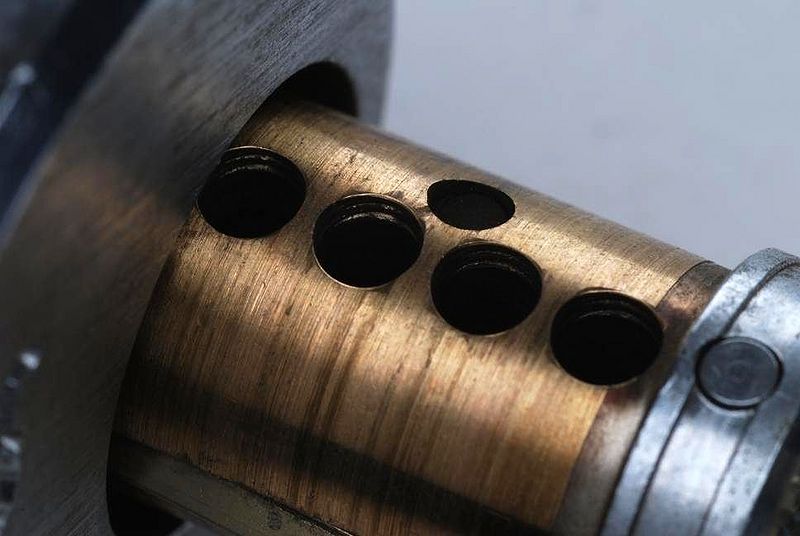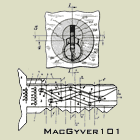Raymond wrote:This also leads to a common problem for filed or chamfered plug holes. If the lock is masterkeyed, a thin master wafer can move halfway into the shearline gap and become wedged. A lock this badly boogered should be replaced.
@Raymond:
This is correct, a cylinder plug which has been filed flat at the top across all of the pin stacks (there is NO legitimate reason to do that ever) or that has one or more chamfered pin stack holes should be replaced so that you can use the standard specifications for that type of lock to master key them...
However you can accommodate chamfered pin stacks in the plug by increasing the number of bitting steps between the keys you create in the master key system (i.e. instead of single-step progression use two-step progression OR instead of two-step progression use three-step progression) which would reduce the size of the system greatly to accommodate someone's past butchery of the lock cylinder and your cheapness and current scrooge-ry and unwillingness to replace the butchered locks...
The common reason why one or more pin stacks will be chamfered is because someone is creating a "shoebox" master key system which doesn't obey the keying system rules for that lock manufacturer because of the random keys being cobbled together into a system... (example: a Schlage lock that has a master key bitting of 2 in the same chamber where the change key bitting is a 3... Since there is no #1 Schlage master pin because it is too thin for the locks tolerances, the lock is keyed to the shallower bitting with a #2 bottom pin, the plug is then chamfered until the key with the #3 bitting will work by allowing the top pin to ride up the chamfer and allow the plug to rotate when the deeper cut key is used...)
~~ Evan






